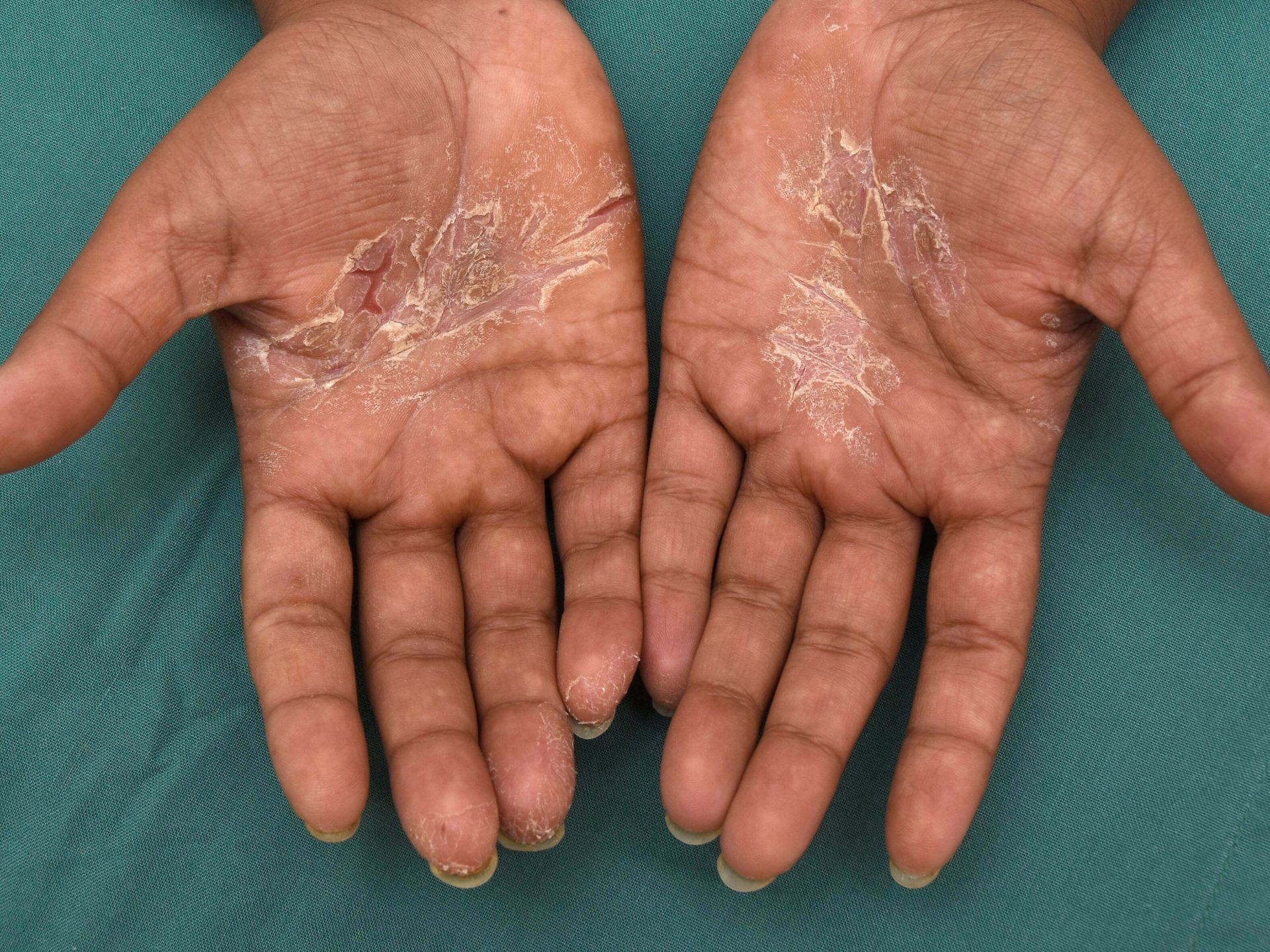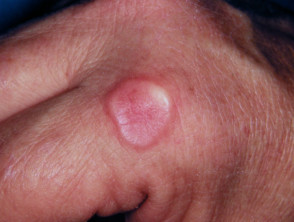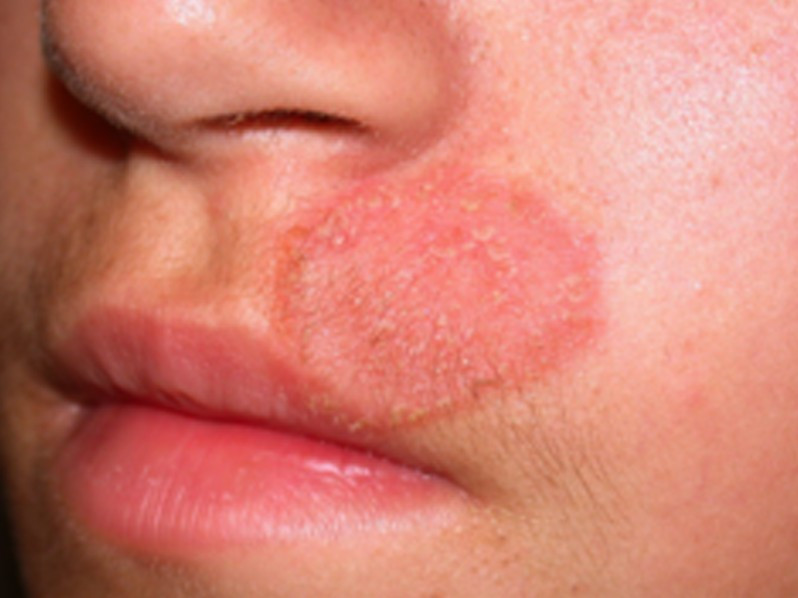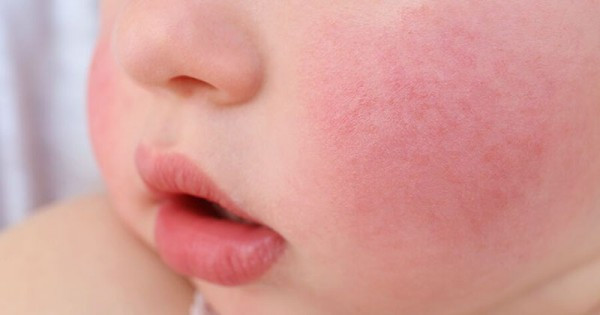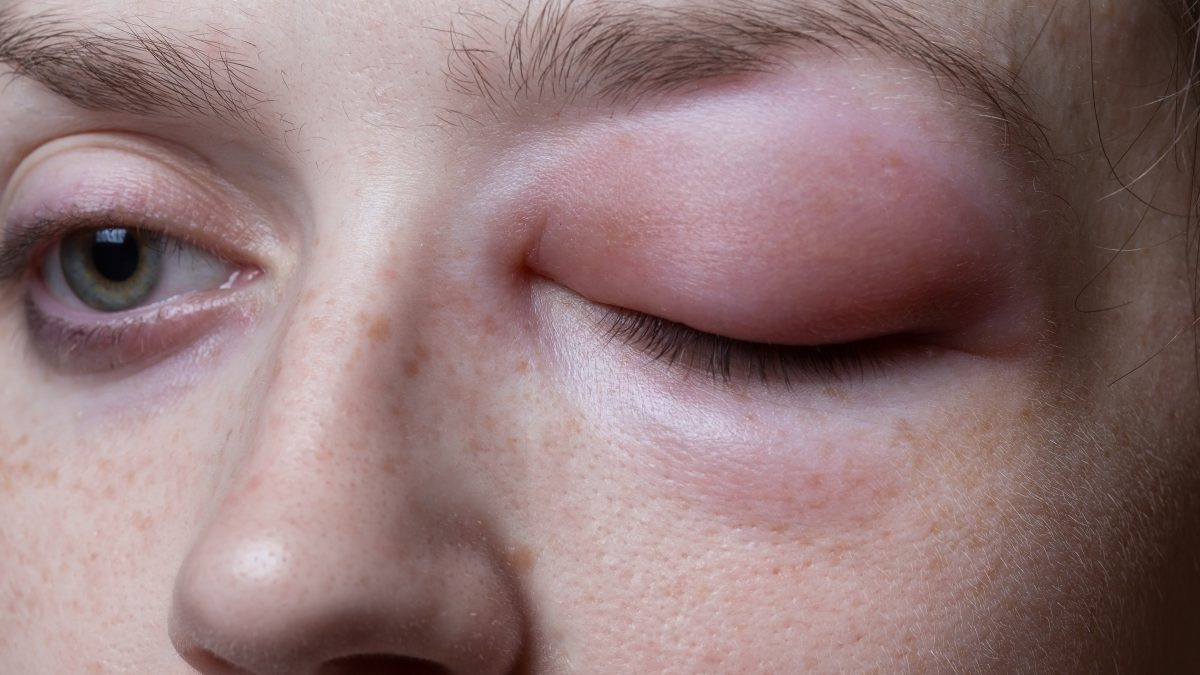Definition
Ecthyma is a bacterial infection that affects the dermis, which is the deeper layer of the skin. Ecthyma exhibits similarities to impetigo, a bacterial infection affecting the skin, with the exception that ecthyma involves deeper infiltrated layers of the skin compared to impetigo. Therefore, people commonly refer to eczema as deep impetigo. Ecthyma are typically distinguished by the presence of ulcer-like lesions that are subsequently covered by crusts. Ecthyma can manifest at any stage of life, however, it is more prevalent among children and the elderly.
Causes
Group A beta-hemolytic Streptococcus bacteria infection is the cause of ecthyma. Streptococcus pyogenes and Staphylococcus aureus are the primary bacteria responsible for causing ecthyma. Open wounds caused by scratches, rashes, or insect bites have the potential to initiate infection. Exposure to bacteria can occur through direct contact with the wounds of individuals infected with ecthyma or by contact with items that have been touched by these infected individuals, including clothing, bed linens, towels, and even toys. Subsequently, bacteria can penetrate the compromised skin tissue and initiate skin infection. During the initial phases, the infection manifests in the superficial layer of the skin, resembling impetigo, and subsequently spreads to the deeper layers of the skin. This bacterial infection poses increased vulnerability to individuals with compromised immune systems, such as those diagnosed with diabetes. Poor skin hygiene will worsen the spread of this infection. Ecthyma primarily manifests in the foot.
Risk factor
Multiple factors could increase your susceptibility to ecthyma, such as:
- Experience a dermatological problem. Ecthyma-causing bacteria typically infiltrate the skin via minor cuts, scratches, insect bites, or rashes.
- Contact with infected individuals. Ecthyma is a contagious disease that can readily spread among family members, in crowded places like schools and daycare centers, and through skin-to-skin contact-based sports.
- Have a past medical history of impetigo. In the absence of appropriate treatment, impetigo can develop into ecthyma.
- Poor skin hygiene. Skin infections caused by bacteria are more likely to occur on skin with poor hygiene.
- A humid environment with a warm temperature. Ecthyma is more prevalent in warm and humid conditions.
- Other medical conditions. There is an increased likelihood of bacterial infections in individuals with various skin disorders, such as atopic dermatitis, and those with poor nutrition. Elderly individuals with diabetes or those with compromised immune systems (such as HIV/AIDS, cancer, or receiving specific therapies) are also at a higher risk of experiencing ecthyma.
Symptoms
Ecthyma primarily manifests in the gluteal region, lower extremities, ankles, and feet. Possible manifestations of ecthyma include:
- Typically, pus- or fluid-filled vesicles appear on inflamed areas of skin
- Subsequently, following a brief period, a firm crust will rapidly envelop the vesicles
- Crusts are challenging to eliminate, thick, and come in a yellowish-gray color
- Upon removal of the crust, an indurated ulcer will manifest as raised lesions on the adjacent skin, exhibiting characteristics such as redness, swelling, and pus.
- The dimensions of the rash typically remain constant and may occasionally resolve spontaneously without intervention, or they may progressively expand into lesions measuring 0.5–3 cm in diameter
- The healing process of the rash is gradual and may result in the formation of scars
- Occasionally, the lymph nodes surrounding the rash may swell and become painful
- Ecthyma can also induce a sensation of discomfort and itchiness
Diagnosis
Healthcare providers typically diagnose ecthyma by combining anamnesis and physical examination, as ecthyma presents a specific visual characteristic on the skin. The initial step in diagnosing ecthyma involves a medical interview with the patient. The physician will inquire about the symptoms you are currently having, including the onset of symptoms, the progression of the rash, the specific location of eczema, and your medical history, including any history of eczema, other skin diseases, health conditions, or lifestyle factors that may affect the development of ecthyma. Subsequently, the physician will do a physical examination by personally examining and evaluating the skin lesions. Under specific circumstances, the physician may advise additional diagnostic tests, such as a culture. A sample of fluid or pus will be collected from the skin lesion, and then it will be analyzed in the laboratory. This procedure is done to identify the responsible bacteria and assess their susceptibility to antibiotics. Healthcare professionals exclusively conduct this test on individuals who do not respond to the initial therapy.
Management
The following are some of the treatment options available to ecthyma patients:
- Compress. Apply pressure to the crusted areas by placing a warm, wet cloth over them to facilitate their removal. Compress for roughly ten minutes several times daily, then carefully scrape off any crusts.
- Topical antiseptics or antibiotics. Topical antibiotics such as fusidic acid or mupirocin are common treatments for ecthyma. Alternative options for topical antiseptics include povidone-iodine, superoxide solution, or hydrogen peroxide cream. Treat the affected area and adjacent skin with topical medications thrice daily. Treatment must continue for several days following the healing process, even after the crusts have been removed.
- Oral antibiotics. If topical antibiotics do not heal the lesions or your condition is severe, your healthcare provider may recommend oral antibiotics. Penicillin antibiotics, specifically dicloxacillin or flucloxacillin, are preferred for antibiotics for Streptococcus pyogenes and Staphylococcus aureus infections. If patients have a penicillin allergy, erythromycin or clarithromycin could be prescribed as other treatment options. Although the length of treatment may differ among individuals, complete resolution of the ecthyma typically requires several weeks.
- Improve skin hygiene. Improving skin hygiene is another crucial element to contemplate in the comprehensive management of ecthyma. Among the things that need to be done are:
- Take a shower daily with soap
- It is advisable to change and launder clothes and linens frequently.
- To prevent the transmission of infections, it is advisable to use different towels for each individual.
- Applying anti-mosquito lotion and spray helps to avoid insect bites.
- Use lotion to minimize scratching from insect bites.
Complications
Complications of ecthyma are uncommon. Complications that may arise are:
- More widespread infections include cellulitis, erysipelas, lymphangitis, gangrene, lymphadenitis, or bacteremia
- Ecthyma scars result in the formation of permanent scarring
- Post-streptococcal glomerulonephritis could happen, but this is very rare
Prevention
Maintaining proper skin hygiene is fundamental to preventing skin infections, including ecthyma. It is critical to promptly cleanse insect bites, cuts, scrapes, and other wounds to prevent bacteria from infecting them.
When to see a doctor?
Seek medical advice if you encounter a rash or ulcer on the skin and symptoms indicative of ecthyma to get an accurate diagnosis and appropriate treatment.
Looking for more information about other diseases? Click here!
- dr Ayu Munawaroh, MKK
Davis, Loretta S., et al. Ecthyma. (2019). Retrieved 20 March 2022, from https://emedicine.medscape.com/article/1052279-clinical#b2
Gomez, Jannet. Ecthyma. (2016). Retrieved 20 March 2022, from https://dermnetnz.org/topics/ecthyma
Hurst, Anna C. Edens. Echtyma. (2021). Retrieved 20 March 2022, from https://medlineplus.gov/ency/article/000864.htm
Impetigo. (2021). Retrieved 20 March 2022, from https://www.mayoclinic.org/diseases-conditions/impetigo/symptoms-causes/syc-20352352
Newson, Louise. Ecthyma. (2015). Retrieved 20 March 2022, from https://patient.info/doctor/ecthyma
Primary Care Dermatology Society. Ecthyma (Including Ecthyma Gangrenosum). (2021). Retrieved 20 March 2022, from https://www.pcds.org.uk/clinical-guidance/ecthyma-gangrenosum
Rahmus, Wingfield E. Impetigo and Ecthyma. (2021). Retrieved 20 March 2022, from https://www.msdmanuals.com/professional/dermatologic-disorders/bacterial-skin-infections/impetigo-and-ecthyma
Weinberg, Jeffrey. Ecthyma. (2017). Retrieved 20 March 2022, from https://www.dermatologyadvisor.com/home/decision-support-in-medicine/dermatology/ecthyma/


